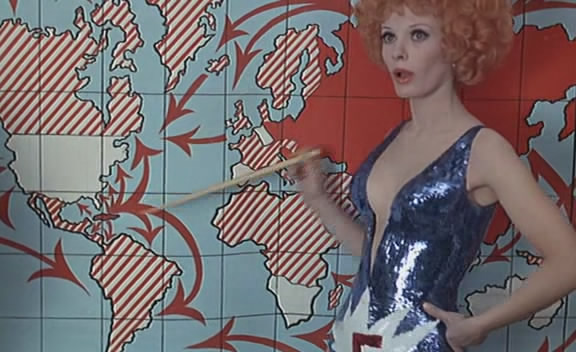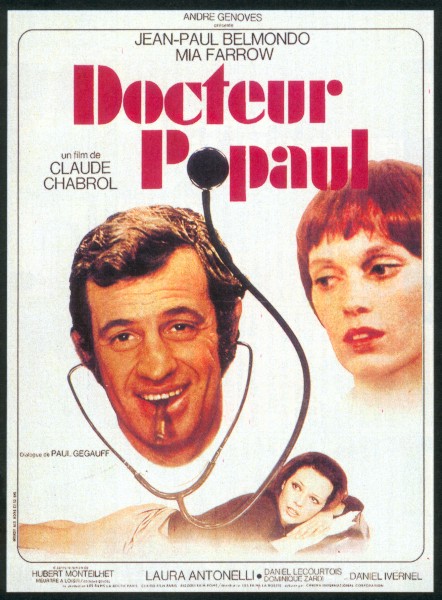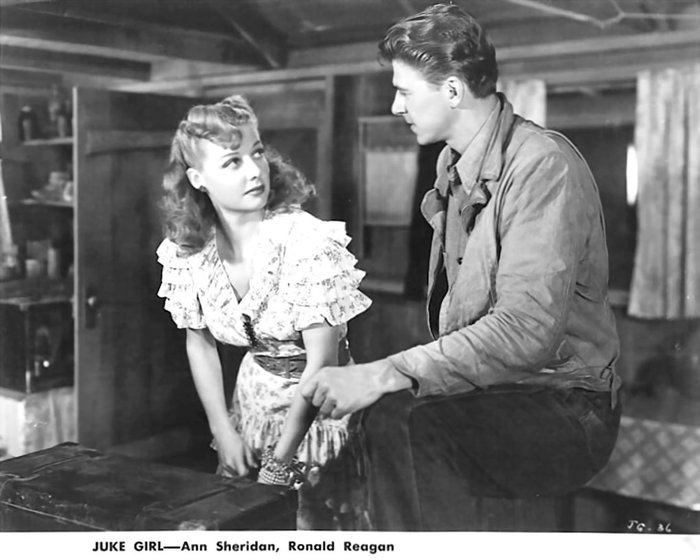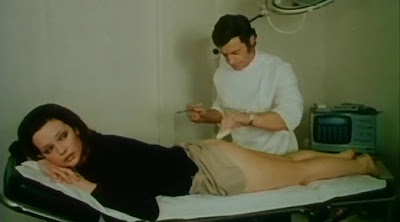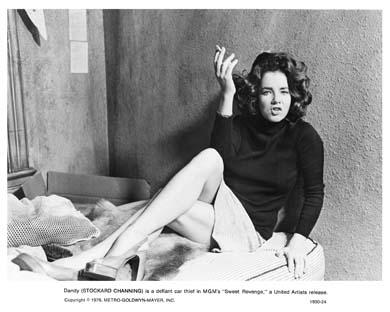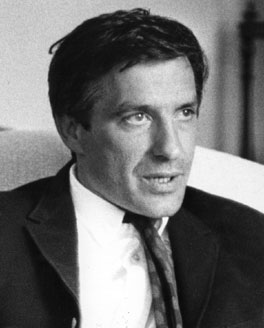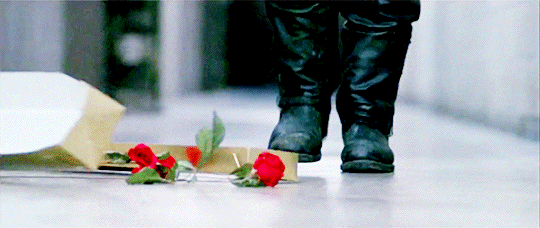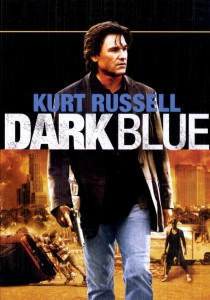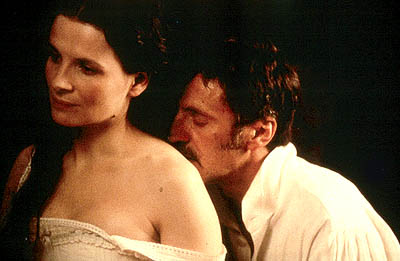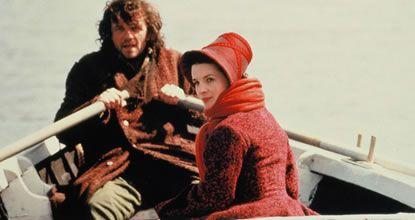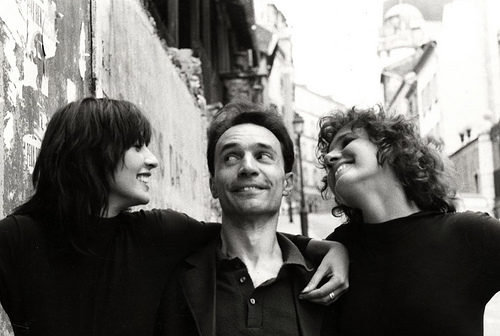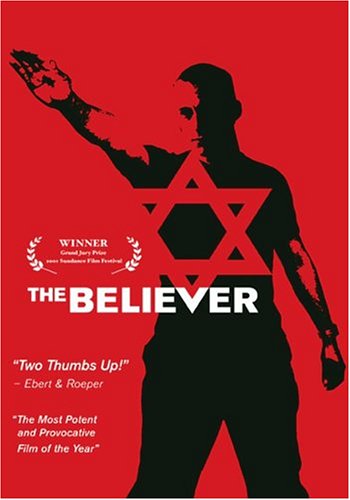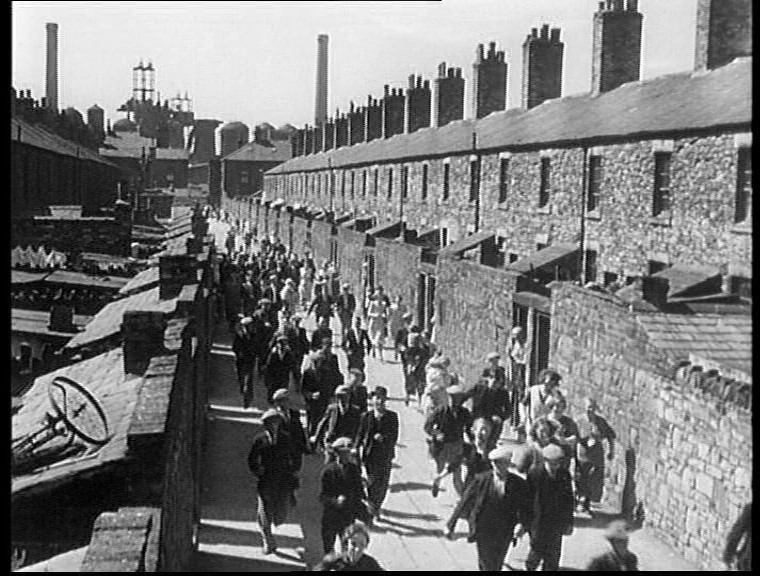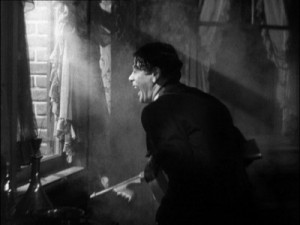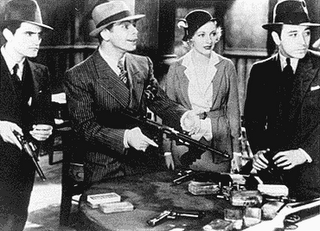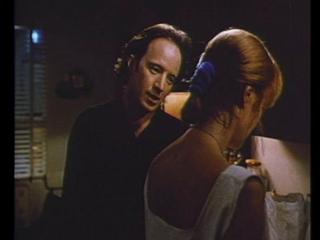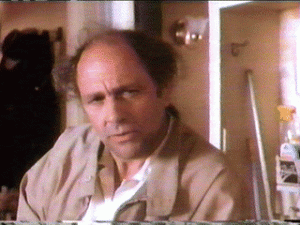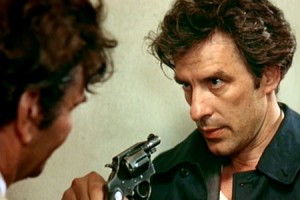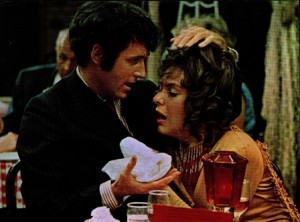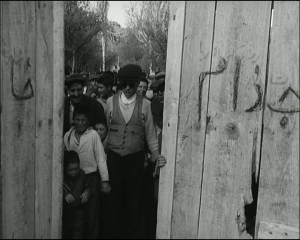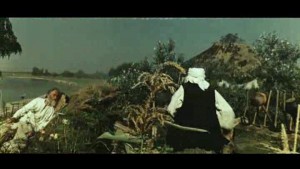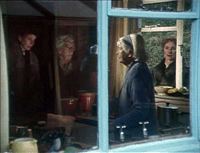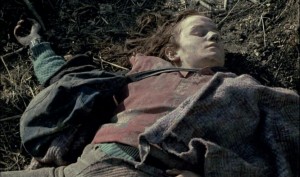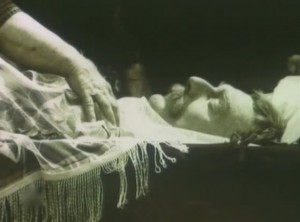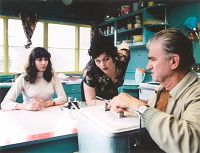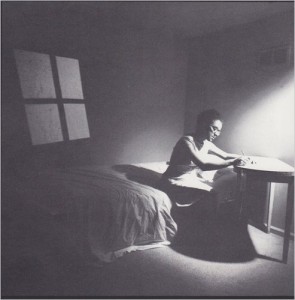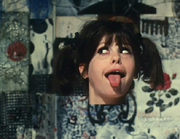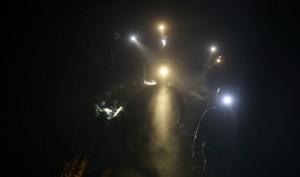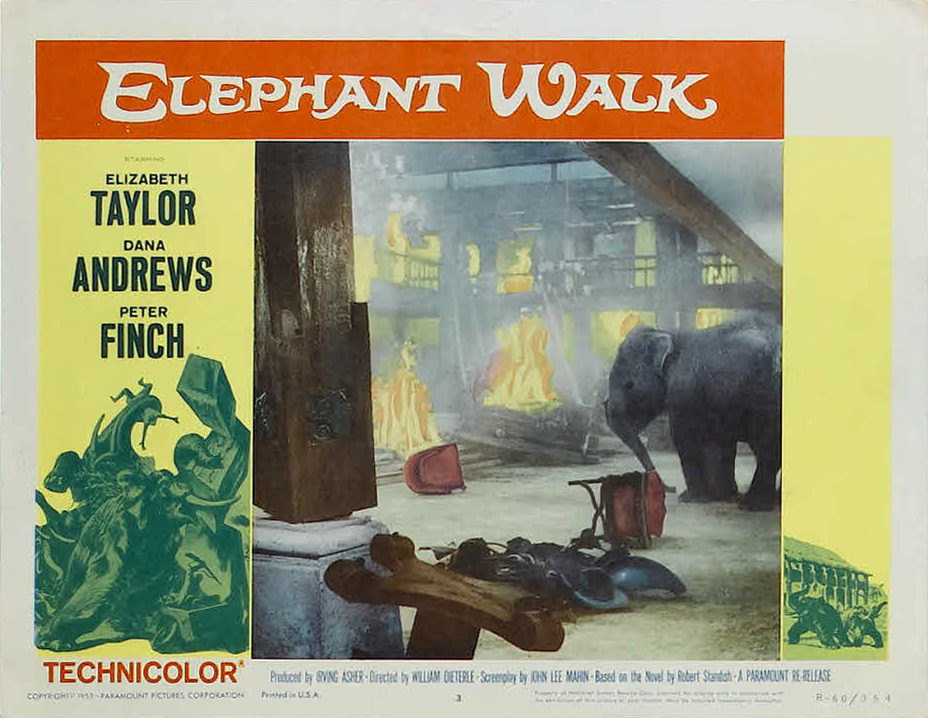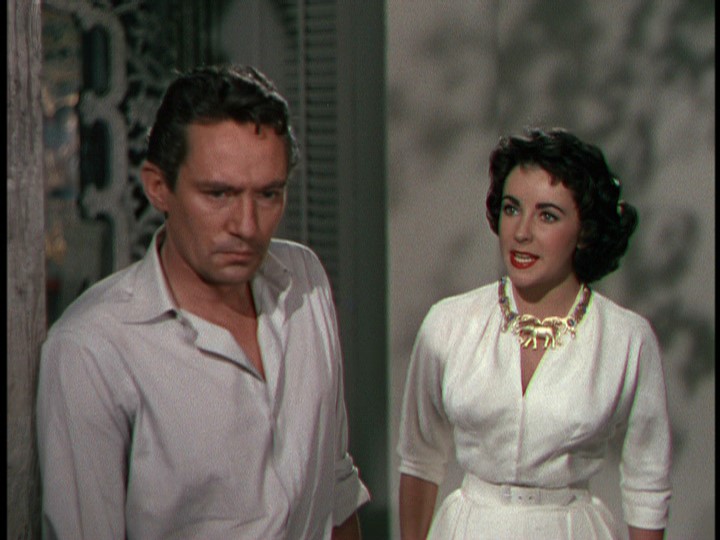From a 1989 catalog that I wrote most of for the Walker Art Center, Cinema Outsider: The Films of William Klein (an interview that accompanied this piece will also be posted on the site in a couple of days). I worked for Klein briefly in 1973, when I was living in Paris, translating a script of his called Demain la ville from French to English so that Elliott Gould, who was being considered as one of the leads, could read it. (A portion of this script was later transformed into Klein’s The Model Couple.) — J.R.
Anybody who pretends to be objective isn’t realistic. — William Klein on cinéma-vérité (1)
I have a great feeling of nostalgia for the expressionist film. Although I don’t know why I say nostalgia: such films are still being made, and as far as l’m concerned we can never go beyond expressionism. Bill Klein’s Mr. Freedom, for example, is a completely expressionistic film. Maybe that’s why it provoked such violent reactions: some people just can’t accept having reality transposed to another level. — Alain Resnais (2)
One of the limitations of conventional film history, with its subdivisions of schools and movements, is that many interesting filmmakers who are unlucky enough to exist apart from neat categories tend to disappear between the cracks. Read more

